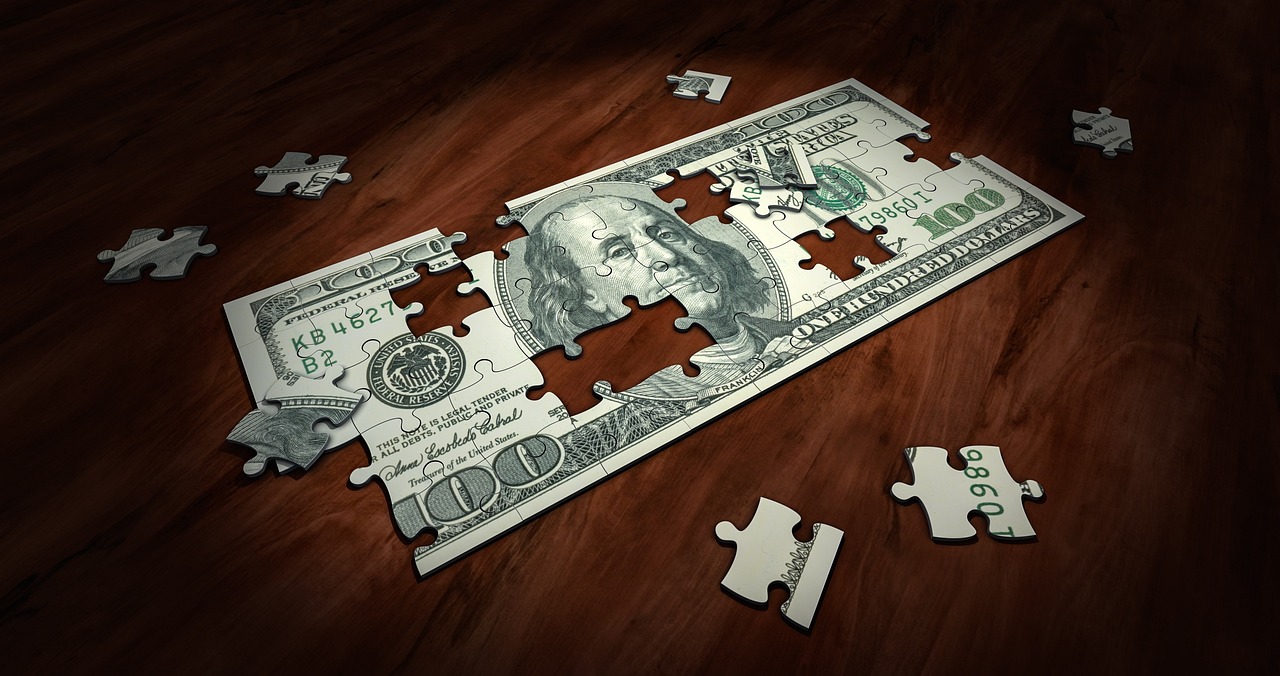
The dollar index (DXY00) Friday fell by -0.80% and posted a 3-year low. The dollar retreated Friday because of concerns that the escalation of the US-China trade war would derail the economy and lead to stagflation. On Friday, China raised tariffs on all US goods to 125% from 84% in retaliation for the US raising tariffs on Chinese goods to 145%. The dollar is also facing a confidence crisis as the US renegotiates its relationships with its trading partners, diminishing its reserve-currency status and prompting some foreign investors to liquidate their dollar assets. The dollar sank to its lows Friday after the University of Michigan US Apr consumer sentiment index fell more than expected to a 2-3/4 year low. In addition, the dollar was pressured by Friday’s Fed-friendly PPI report that showed March producer prices unexpectedly eased, a dovish factor for Fed policy.
Hawkish Fed comments Friday lifted the dollar off of its lows. Minneapolis Fed President Kashkari said the potential inflationary impact of tariffs makes the Fed less likely to lower interest rates, even in the face of a weakening economy. Also, New York Fed President Williams said, “The current modestly restrictive stance of monetary policy is entirely appropriate given the solid labor market and inflation still above our 2% goal.” He added that he expects slower economic growth, higher unemployment, and a pickup in inflation due to the US tariff policy and reduced immigration.
St. Louis Fed President Musalem warned of stagflation in the US economy from tariffs, saying there’s a near-term risk that inflation will rise while the labor market weakens.
US Mar PPI final demand unexpectedly eased to +2.7% y/y from +3.2% y/y in Feb, better than expectations of an increase to +3.3% y/y and the slowest pace of increase in 6 months. Mar PPI ex-food and energy also unexpectedly eased to +3.3% y/y from +3.6% y/y in Feb, better than expectations of an increase to +3.6% y/y.
The University of Michigan US Apr consumer sentiment index fell -6.2 to a 2-3/4 year low of 50.8, weaker than expectations of 53.5.
The University of Michigan US Apr 1-year inflation expectations jumped to 6.7%, higher than expectations of 5.2% and the highest since 1981. Also, Apr 5-10 year inflation expectations rose to 4.4%, higher than expectations of 4.3% and the highest since 1991.
The markets are discounting the chances at 25% for a -25 bp rate cut after the May 6-7 FOMC meeting, down from a 30% chance last week.
EUR/USD (^EURUSD) Friday rose by +1.21% and posted a 3-year high. The euro rallied sharply for a second session on Friday due to the plunge in the dollar. The euro also has carryover support from Wednesday when President Trump paused reciprocal tariffs, which may keep the Eurozone economy from falling into recession and reduce expectations on how much the ECB needs to keep easing monetary policy.
Swaps are discounting the chances at 95% for a -25 bp rate cut by the ECB at the April 17 policy meeting.
USD/JPY (^USDJPY) Friday fell by -0.58%. The yen moved higher Friday for a second session and posted a 6-1/4 month high against the dollar. Escalation of the US-China trade war has boosted safe-haven demand for the yen after China raised tariffs on all US goods to 125% from 84% in retaliation for the US raising tariffs on Chinese goods to 145%. Also, Friday’s nearly -3% slide in the Nikkei Stock Index has boosted safe-haven demand for the yen. The yen fell back from its best levels after the 10-year T-note yield rose to an 8-week high.
June gold (GCM25) Friday closed up +67.10 (+2.11%), and May silver (SIK25) closed up +1.151 (+3.74%). Precious metals on Friday extended this week’s rally, with June gold posting a contract high and nearest-futures (J25) gold climbing to a new all-time high of $3,235.00 an ounce. Silver prices also posted a 1-week high. Friday’s selloff in the dollar to a 3-year low is a major bullish factor for precious metals. Also, the escalation of the US-China trade war is boosting safe-haven demand for precious metal after China on Friday raised tariffs on all US goods to 125% from 84% in retaliation for the US raising tariffs on Chinese goods to 145%. In addition, geopolitical risks in the Middle East are boosting safe-haven demand for precious metals after the Israel-Hamas ceasefire broke down and as the US threatened more strikes on Yemen’s Houthi rebels. Fund buying of gold supports prices after long gold positions in ETFs rose to a 1-1/2 year high Thursday.
Hawkish comments Friday from Minneapolis Fed President Kashkari were bearish for precious metals when he reiterated that the potential inflationary impact of tariffs makes the Fed less likely to lower interest rates. Also, the upside in silver prices may be limited by concern that an escalation of the trade war could derail the global economy and the demand for industrial metals.







